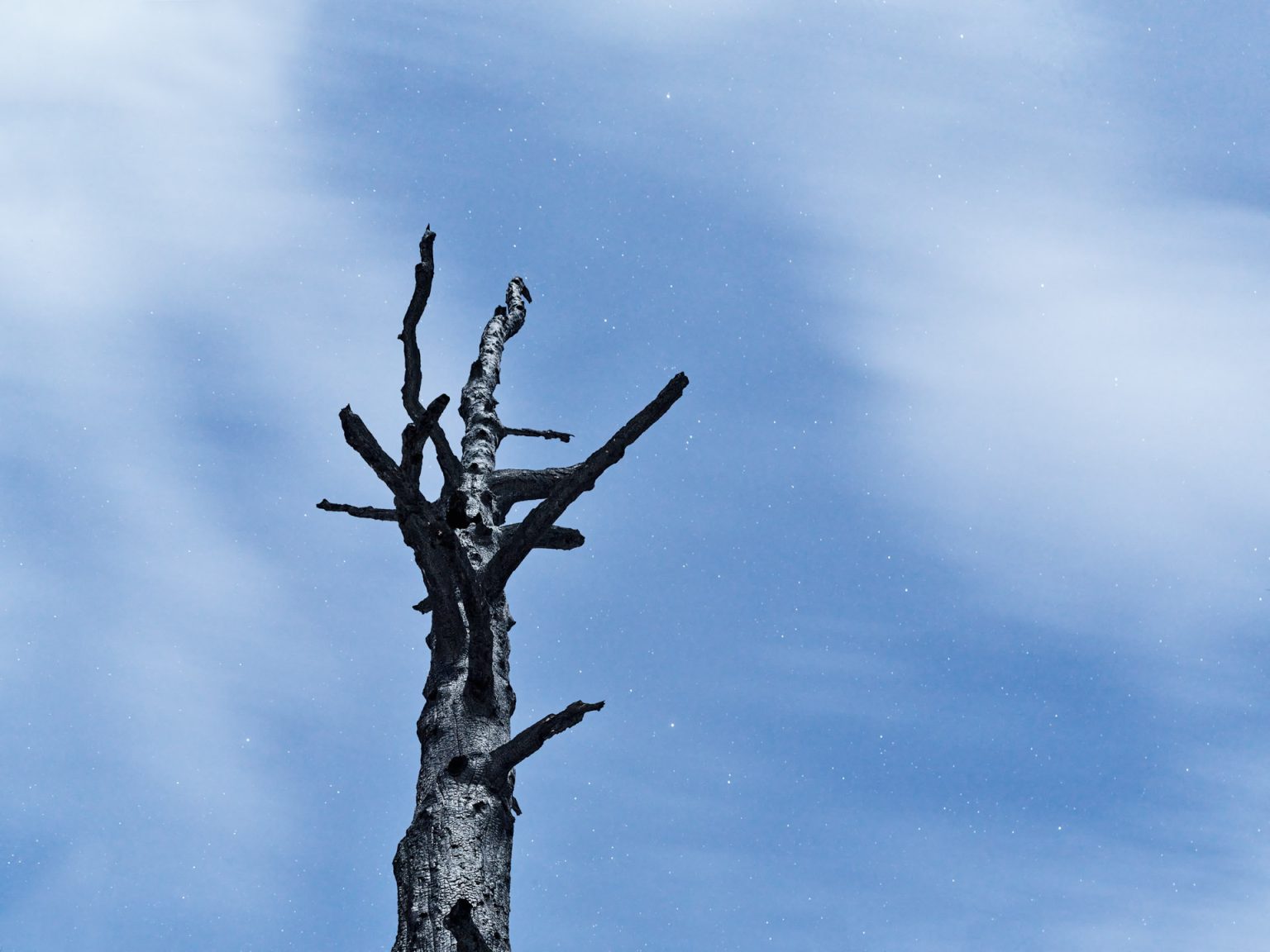I’m lucky to now live in British Columbia and the luxury that comes with that is the proximity to nature. I can drive for 1 hour, hike 30 minutes and see no sign of humanity.
Over the last 15 years, I’ve come to love the BC Wilderness. It’s very different to the Australian Bush I grew up in, yet the relationship is similar. I have noticed that for the people who live here, the need to be in contact with the wilderness is more common. The psyche is different.
Often referred to as the sunburnt country, Australia is a place of extreme heat, and the burning of the natural environment here is among my earliest memories.
In February 1983 at the age of 5, I was sent home from school as day turned to night. Ash from the Ash Wednesday fires hid that harsh Australian sun. As this occurred, (though I wasn’t currently aware of it) my grandfather was setting sprinklers on his Mt Macedon farmhouse roof and preparing to save his property and his livestock.
He did, but he never talked to me about it with me.
Wildfires (or Bushfires, as I grew up calling them) were as common in Australia as in North America. As a people, we were instructed to fear them.
As described in Edward Struzik’s “Dark Days at Noon: The Future of Fire” humans have learnt (and been taught) over the 19th to 21st centuries to see fire as the enemy, a destructive force that takes life and threatens our lives, belongings and homes.
The imagery created and the media’s perception is made to shock. It generates fear and anxiety.
What the media doesn’t push is the narrative of the remote fires, the scale, of the hundreds of thousands of hectares of forest/bush that burn away from the proximity of the general population. The only hint to the size of these fires is the density of the smoke that may be blown our way. Yet this gives no clue to their expansiveness, nor that these have been common for thousands of years.
As a photographer, I have long been interested in the juxtaposition of elements separated over time within an image. I actively look for pairs of elements, that let me explore this confluence to allow a viewer to pause, think, transport their consciousness to a place or reveal a moment.
At the same time as beginning this project, our family was in the process of accepting a tragic loss – that of a beautiful mind. These 18 months became a quest to find what the future might look like. The monthly nightly walks provided time to pause and rediscover what matters. Coming out of this, the next time I saw my mother, despite her lack of memory of who I was, and the loss of the person she had been, I could see the beauty within her new mind.
Crossover differentiates itself from the normalized and expected imagery made by artists around fire.
It is not immediately after the burn, it is not dark, foreboding imagery made to shock, and it does not cast a pall of fear over the viewer.
This project has allowed me multiple opportunities. Explore and learn about the natural act of wilderness (bush) fire, get to know the British Columbian landscape further, pause to understand the familial change occurring, and most importantly create a series of images that evoke the beauty that is a regenerating (new) world.

